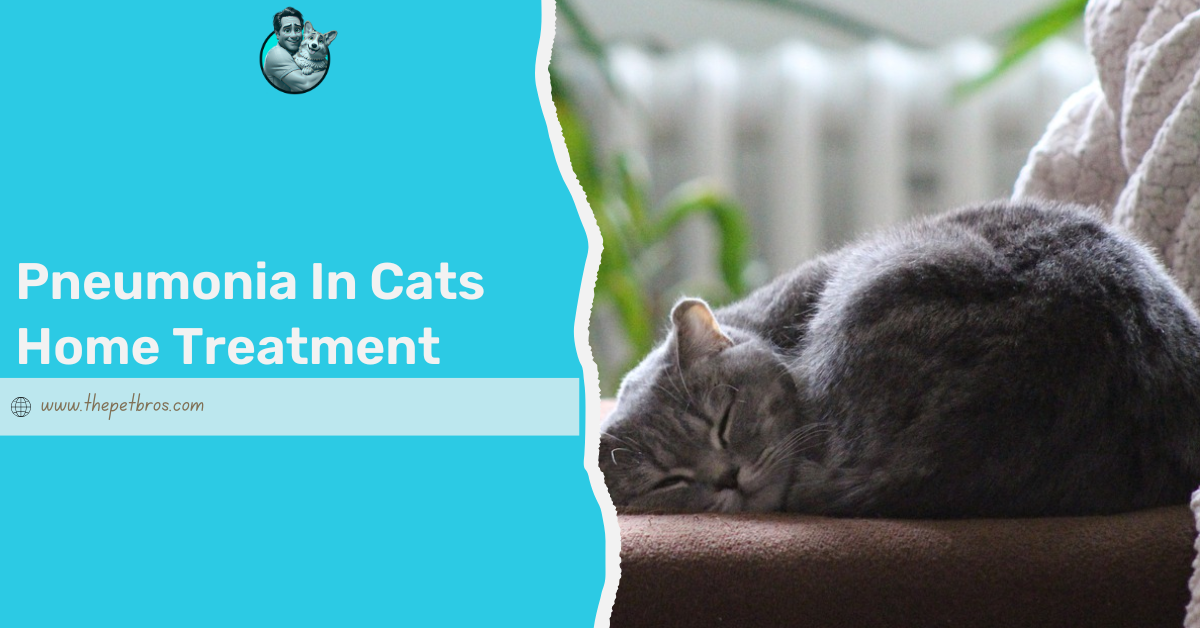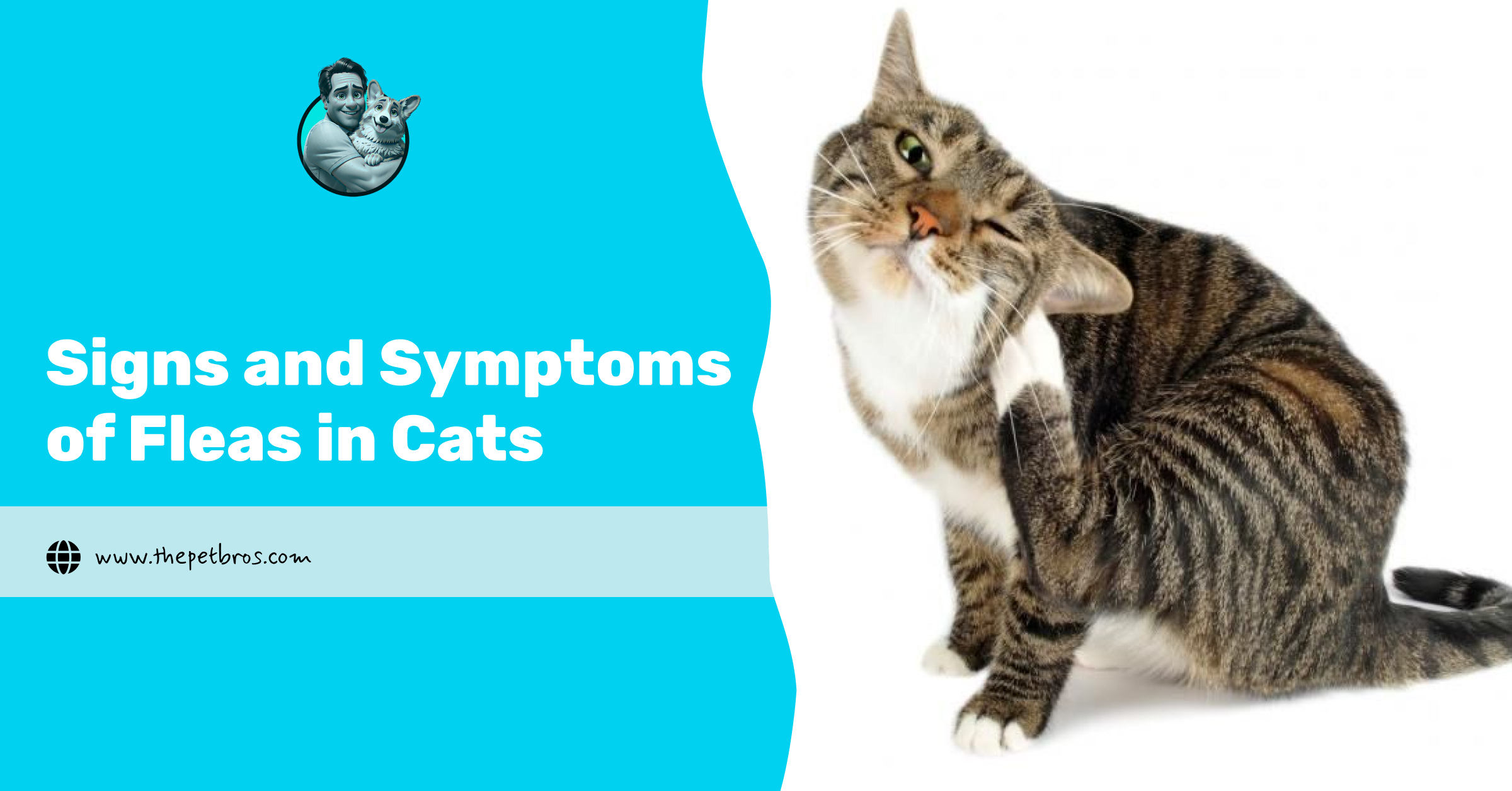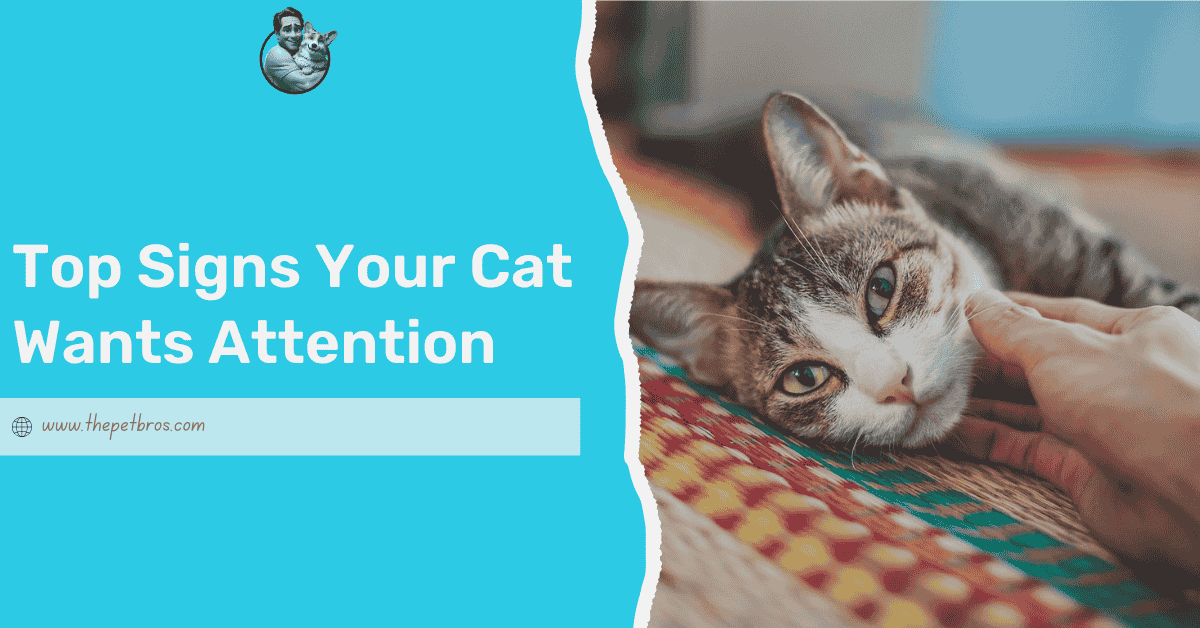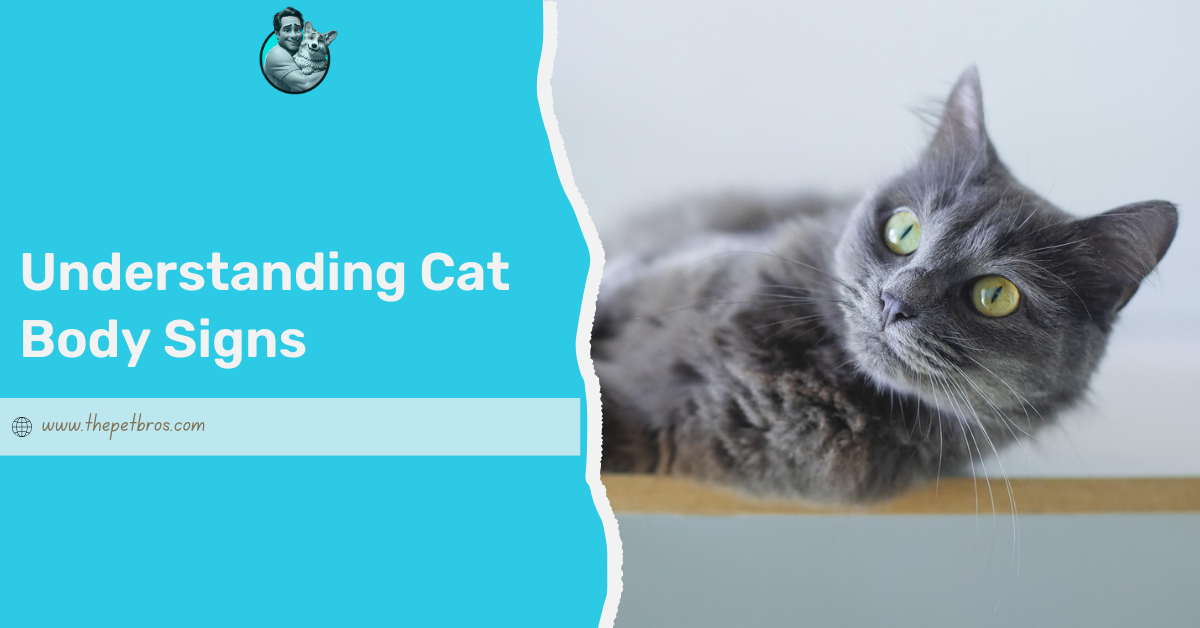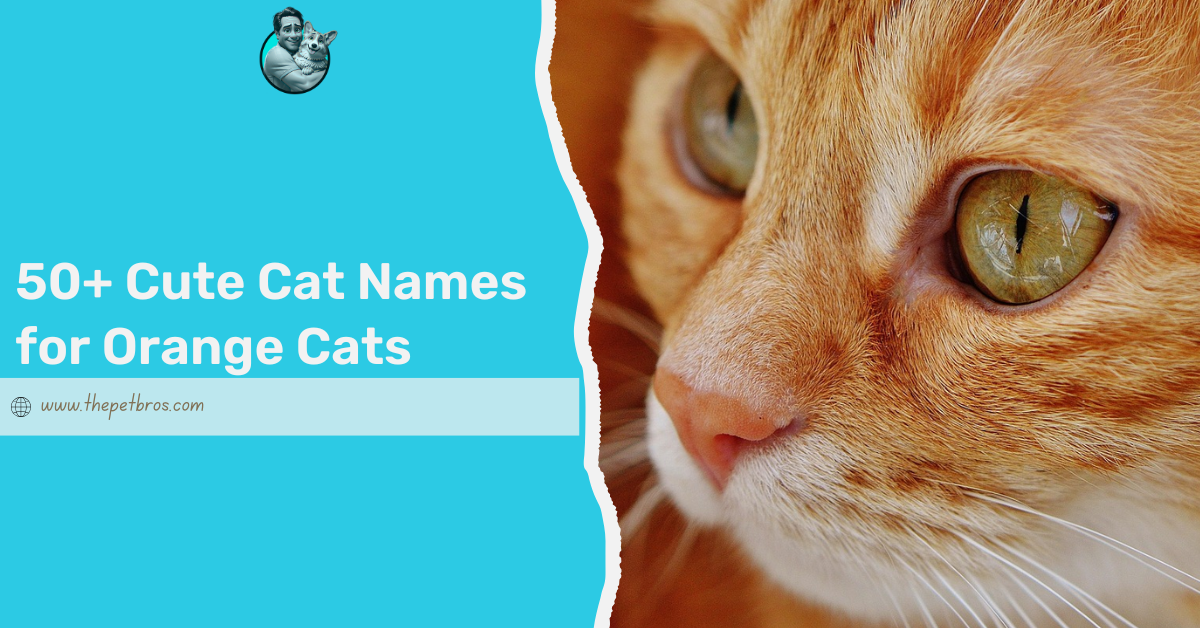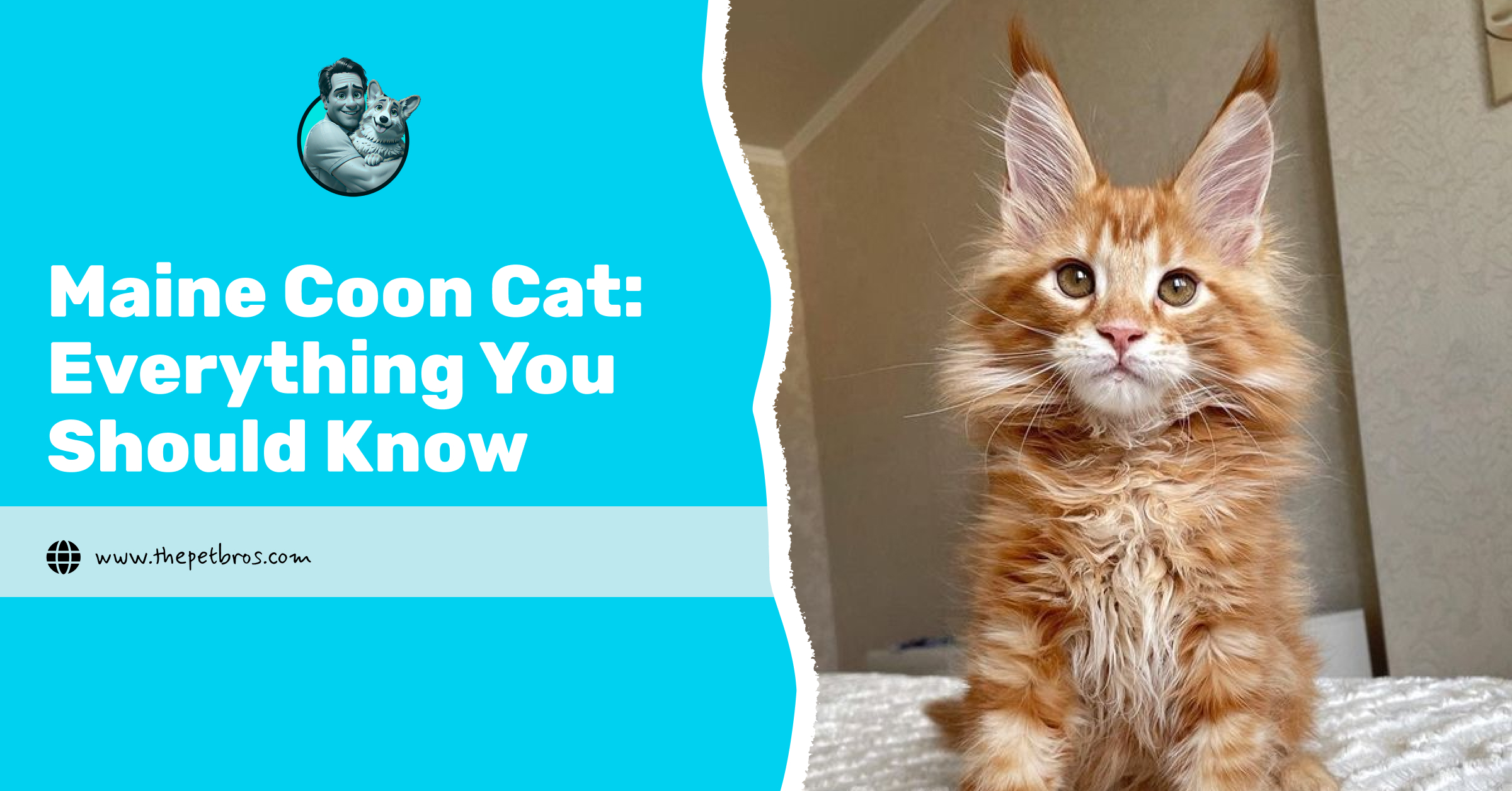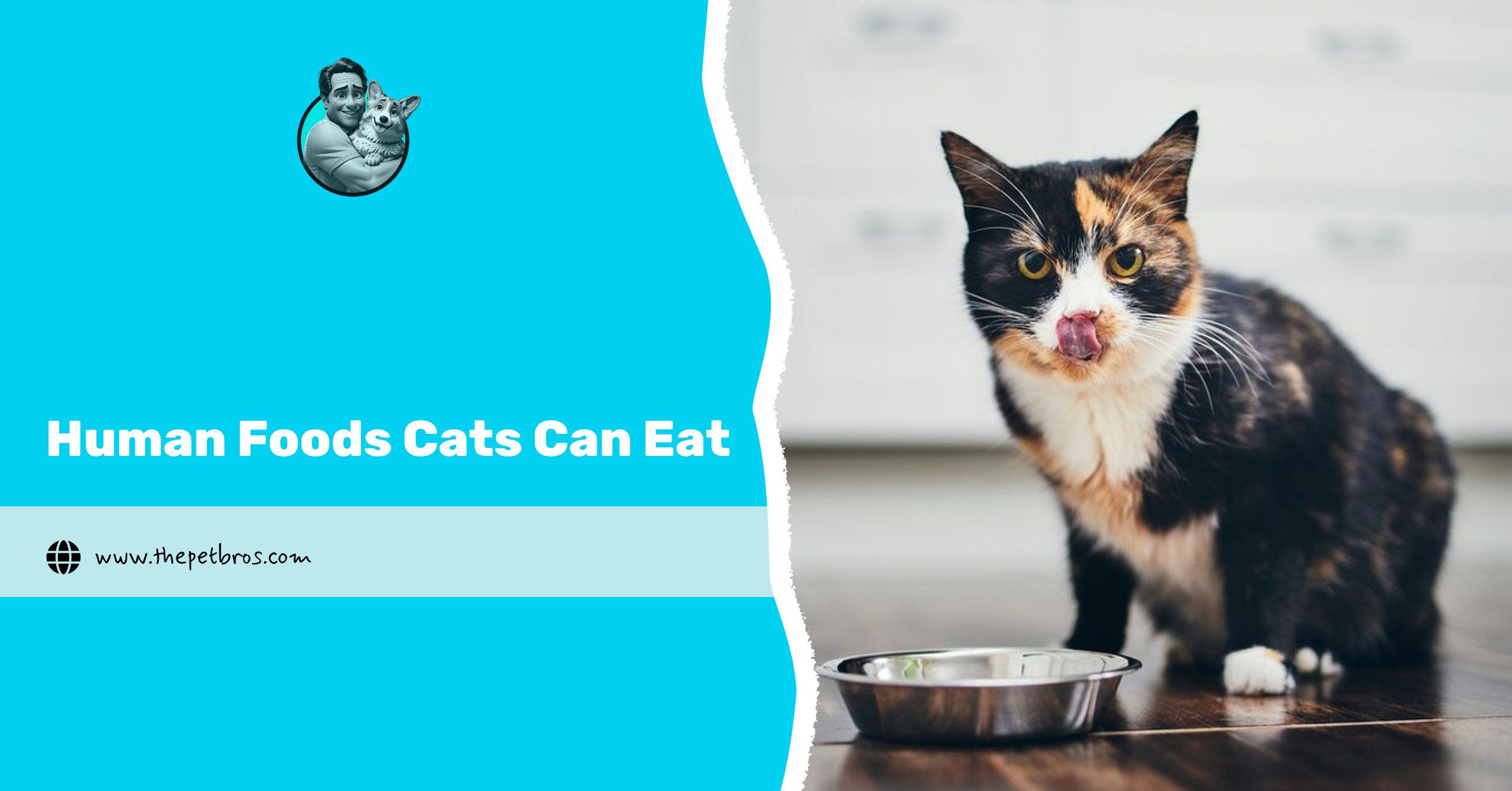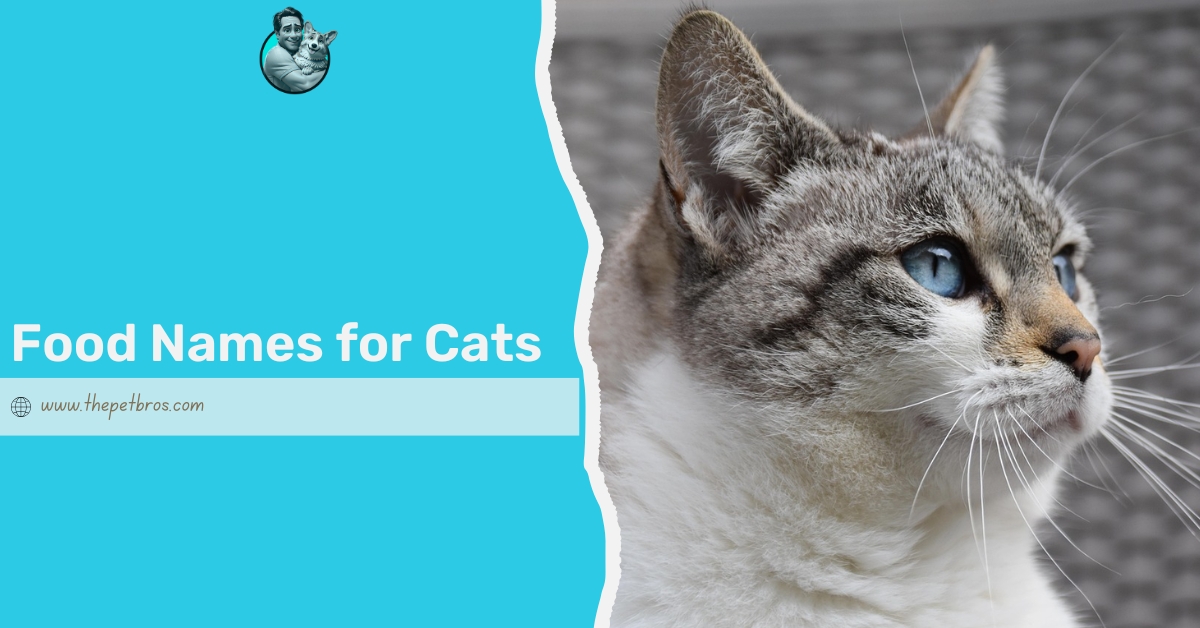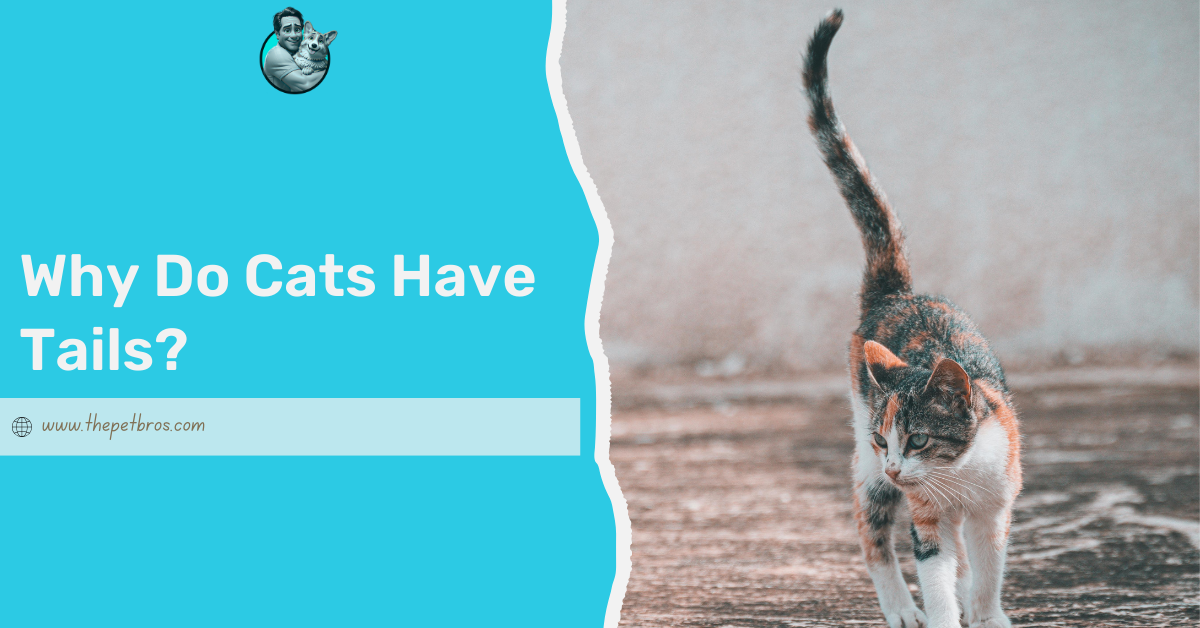Your cat is coughing and wheezing, and you’re worried. You wonder what’s up. Well, it’s something serious but not too scary. The likely culprit is pneumonia, a nasty condition where the lungs become inflamed, often due to infections caused by bacteria or viruses. While it needs a vet’s expertise, pneumonia in cats home treatment can play a significant role in helping your furry friend recover.
So, pneumonia is like your cat catching a rotten cold that settles deep in its chest. However, you don’t have to panic. With the right home environment and close attention, you can help your cat gradually regain its strength. We have put together easy pneumonia home treatments for cats that you can explore to help your cat get better.
Pneumonia In Cats Home Treatment: A Step-by-Step Guide
Step 1: Transition To Home Care
Once the vet gives you the green light to bring your cat home, your role shifts into full-on nurse mode. At this stage, pneumonia in cats home treatment is all about supporting their recovery without overwhelming them. You’re not replacing the vet. You’re just ensuring everything continues smoothly in a quiet, familiar place.
Your cat will likely still be weak, possibly on medication, and easily stressed. So, your job is to keep things calm and comfortable. Handle them gently, keep an eye on their breathing, and don’t force food or cuddles if they’re not in the mood. Keep a little notebook or open a notepad on your phone to jot down how they’re doing each day, including notes on their breathing, appetite, and energy levels, so that you can spot any worrying changes early.
This first step is less about action and more about attention. Stay close to your recuperating cat and in touch with the vet. You should also remain calm and attentive and be ready to follow the vet’s advice.
Step 2: Set Up a Recovery-Friendly Environment
Your cat’s recovery space must feel like a cosy retreat, not a war zone. The environment can make a big difference in how quickly they bounce back. Start with a quiet, warm, and dry corner of the house; no draughts, chills, or chaos.
So, think soft blankets, dim lighting, and the kind of silence that makes a cat feel safe. A cool mist humidifier can also be a game-changer. It helps loosen any gunk in a cat’s chest and keeps its airways from drying out. Double-check to ensure it’s clean and not pumping out a misty swamp.
It’s equally important that you keep the area free from loud noises, including televisions, vacuum cleaners, excitable kids, and other curious pets. Your cat needs rest, not a front-row seat to a circus. So, the calmer the surroundings, the easier it’ll be for their little lungs to do the healing.
Step 3: Provide Proper Nutrition and Hydration for Recovery
Feeding a cat with pneumonia can be like trying to convince a toddler to eat broccoli. They’re just not having it. One of the trickiest bits of pneumonia in cats’ home treatment is getting food and water into a cat who’s gone off both. Illness knocks out their appetite, but they still need fuel to fight off the infection, so you mustn’t give in.
To tempt your cat, offer meals with higher calories in smaller portions to help them build their appetite. Consider high-protein wet food or prescription recovery diets recommended by your veterinarian. You can warm it up slightly to intensify the scent. After all, cats eat with their noses, so this trick could help heighten their curiosity and appetite. Whatever you decide on, ensure it’s safe for cats to eat.
For fluids, ensure that fresh water is always readily available. If that’s not doing the trick, try a splash of tuna water, but without salt. You can also offer extra wet food if they do not take much water. However, if your cat’s not drinking, the vet may need to step in with subcutaneous fluids to stop dehydration. Ultimately, your motto at this stage should be “Little and often” because small, gentle meals and quiet encouragement go a long way.
Step 4: Administer Medications and Monitor Closely
Now, this bit matters more than you might think. With pneumonia in cats home treatment, giving medication properly can mean the difference between a swift recovery and a long, nasty setback. Your vet will likely prescribe antibiotics, anti-inflammatories, or even something to ease breathing. Whatever they hand you, follow the instructions exactly. And don’t even think about skipping doses or stopping early just because your cat looks better.
This stage is where you get creative because cats can be slippery when it comes to pills. You can use pill pockets or mix crushed tablets into strong-smelling food. You can also ask about liquid alternatives if tablets are not an option. While you know how best to make your cat ingest the medication, always double-check with the vet to confirm it’s safe.
While you’re at it, keep a close eye on their symptoms. If breathing worsens, if they refuse food altogether, or if they seem floppy and lifeless, don’t wait it out. Ring your vet straight away for guidance or a visit. The earlier you catch a problem, the better the outcome for you and your feline companion.
Step 5: Prevent Spread and Provide Follow-Up Care
If you’ve got more than one cat or any other pets, don’t let them play nurse. Part of pneumonia in cats home treatment is keeping the sick one well away from the others, especially if the cause is infectious. Give them space, bowls, and a litter tray, and stick to a strict cleaning routine. Wash your hands after every cuddle or feed, and disinfect anything they’ve slobbered on or used.
Once your cat starts looking perky again, don’t assume it’s fully in the clear. Go back to the vet for a follow-up. This may be a chest X-ray or another check-up, to ensure the infection is completely gone. In some cases, medication might need to continue for a few more weeks or even months, so you have to prepare mentally for it.
Ultimately, prevention does the heavy lifting. Suppose you can stay on top of vaccinations, keep up with parasite treatments, and avoid contact with sick animals in catteries or parks. In that case, you can significantly reduce the risks of your cat contracting pneumonia. A bit of care and common sense now can spare your cat a world of stress and discomfort later.
Conclusion
Caring for a cat with pneumonia at home might sound daunting, but with patience, vigilance, and a cosy set-up, you can make a real difference in their recovery. Again, as I have mentioned repeatedly, pneumonia in cats home treatment isn’t about doing it alone. It’s more about working hand-in-paw with your vet while keeping your cat safe, comfortable, and well-fed. Stay calm, follow advice to the letter, and watch for any signs of trouble. With time and care, your feline friend will bounce back beautifully.
FAQs
How long does it take for a cat to recover from pneumonia?
Recovery usually takes a few weeks, but severe cases may need months.
What should I do if my cat stops eating during pneumonia treatment?
Try tempting foods and call your vet if they refuse to eat for over 24 hours.
Is a humidifier safe for my cat with pneumonia?
Yes. A cool mist humidifier can help ease breathing if used correctly.
How can I prevent pneumonia in my cat?
Keep vaccinations current, control parasites, and avoid exposure to sick animals.






